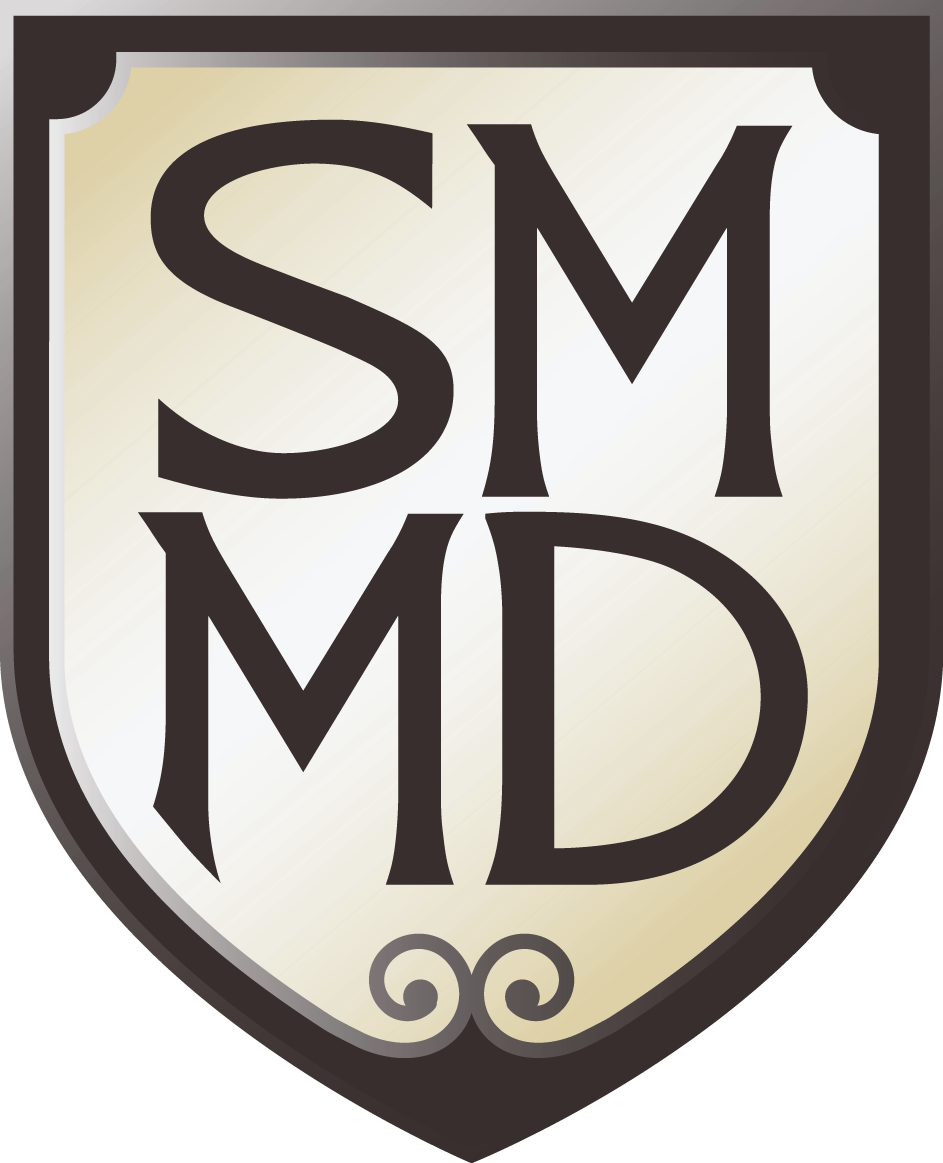J Clin Endocrinol Metab. 2007 Sep;92(9):3599-603.
Liu PY, Beilin J, Meier C, Nguyen TV, Center JR, Leedman PJ, Seibel MJ, Eisman JA, Handelsman DJ.
Department of Andrology, Concord Hospital and ANZAC Research Institute, University of Sydney, Sydney, New South Wales 2139, Australia.
Abstract
BACKGROUND: Cross-sectional studies from different populations show a variable decline in blood testosterone concentrations as men age. Few population representative cohorts have been followed up over time.
OBJECTIVE: The objective of the study was to quantify longitudinally the change in serum testosterone and SHBG concentrations with age in two well-defined, representative but geographically widely separated regional Australian cohorts.
SUBJECTS AND SETTING: The Busselton cohort comprises individuals aged 18-90 yr residing in Western Australia assessed prospectively since 1981. Sera were assayed from 910 men, from whom further samples were available 14 yr later in 480. The Dubbo cohort involves individuals aged 61-90 yr living in Eastern Australia. Baseline sera were collected from 610 men and additional sera on a second (n = 370) and third (n = 200) occasion from 1989 to 2004. Men from both cohorts are community dwelling and of predominately European origin.
RESULTS: Longitudinal analyses show the following: 1) total testosterone declines comparably (P > 0.9) by 1.3% (Busselton) and 0.9% (Dubbo) per annum with the same rates of decline when analyses were restricted to men older than 60 yr of age; 2) annual changes in SHBG were also very similar in age-restricted analyses (2.3% vs. 2.5%, P = 0.48); and 3) the annual increase in SHBG was steeper in middle-aged and older men (P < 10(-3) vs. young men). These longitudinal changes were all up to 4-fold greater in magnitude, compared with cross-sectional analyses of baseline data.CONCLUSION: In two separate regional Australian populations, blood testosterone fell and SHBG increased comparably with age. Age-related changes in blood testosterone and SHBG previously described in urban-dwelling men are the same in men who reside in smaller regional cities of another continent.

